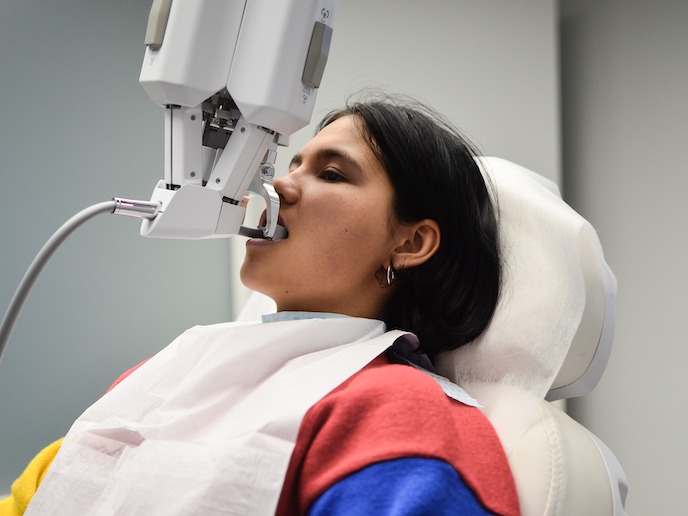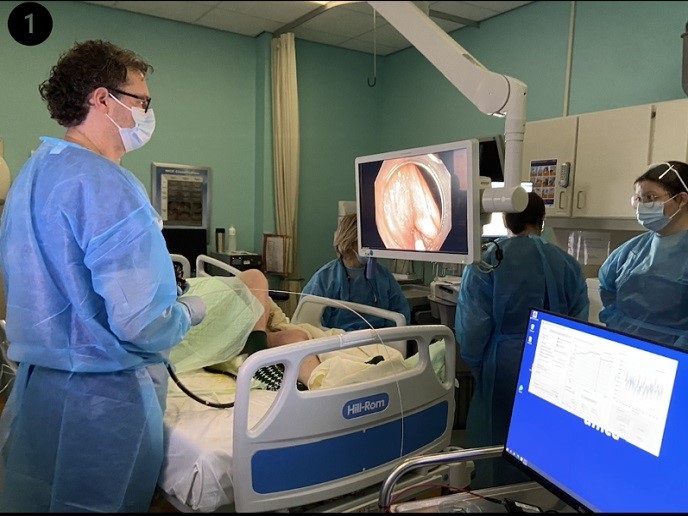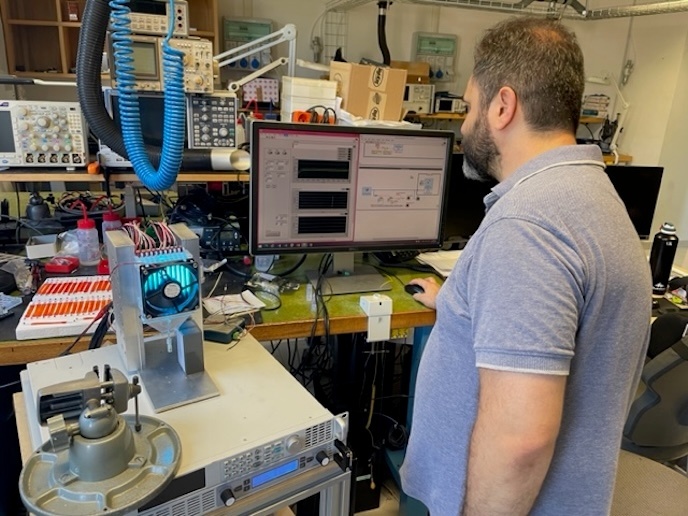Robot offers faster and more accurate tooth replacement
For traditional dental prosthetics(opens in new window), after teeth are reshaped, an imprint is taken of the patient’s upper and lower teeth. This is then sent to dental technicians who digitise it for the CAD/CAM software(opens in new window) with which they design the prosthetics. The frame of the prosthetic is then manufactured for the dentist to fit into the patient’s mouth – a process that is trial and error, usually requiring the technician to make adjustments. This trial-alignment cycle may be repeated multiple times before the final insertion, often needing around four visits to the dentist, which can take weeks of treatment. During this time, as the patient’s teeth have lost enamel due to the reshaping process, their natural protection is compromised. The starting point for the DentistRobot project was the acknowledgement that the key to better treatment was the reduction in the number of stages required to fit the final prosthetic. Towards this end, with a working prototype, validated in laboratory test conditions, EU-support enabled the project team to conduct a feasibility study in preparation for the launch of the product within the next 2 years.
A simplified process
The DentistRobot system starts with a diagnosis. Here the dentist takes a CT or an oral scan of the patient’s tooth. Software, developed by the team, then allows the dentist to create a plan for the reshaping of the tooth. This plan is then sent to a dental technician who creates the prosthesis which is then sent back to the dentist. The patient then visits the dentist to have the robot inserted into their mouth and fixed into place with an ‘aligner’. The robot reshapes the tooth, to within micrometres of accuracy, in 5-7 minutes. The prosthesis can then be inserted immediately. “This means that the patient only has to visit the dentist once, skipping the phases of the initial reshaping, imprinting, model reconstruction and digitalisation,” says Mr Zoltan Szilvai, project coordinator. The robot is approximately 50 centimetres tall and weighs 2 kilograms, which is why it is suspended above patients’ heads, so that they don’t have to bear its weight. It is controlled by a regular laptop and works from any 230 V power source. Its parts are manufactured by CNC technology in the United Kingdom and its cover is 3D printed.
Getting market-ready
While the current prototype can successfully complete the full procedure, next year the team intend to develop a second prototype based on the feedback they have already been gathering. This will be tested with real patients, with the prosthetic design still manually undertaken, but where the milling itself is going to be fully automated. However, before clinical trials can begin, the team will have to make sure that they are compliant with the appropriate regulations. “Fortunately, the required certifications are very similar across the EU. However, there are different laws regarding liability, so we plan to expand country by country, probably by partnering with an international wholesale company with significant experience of local healthcare regulations,” says Zoltan. Further into the future the team plan to extend the capabilities of the robot to cater for additional dental procedures such as implantation.







